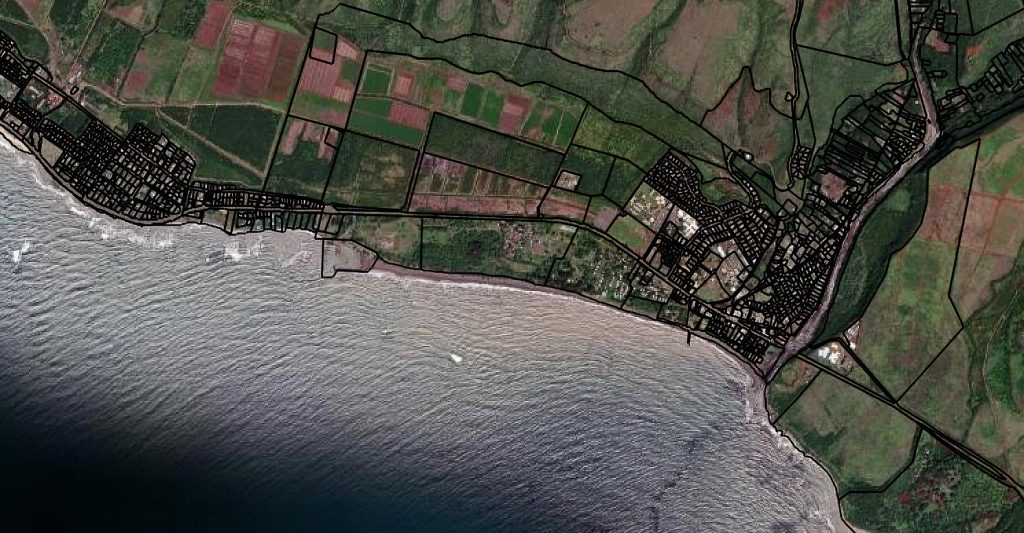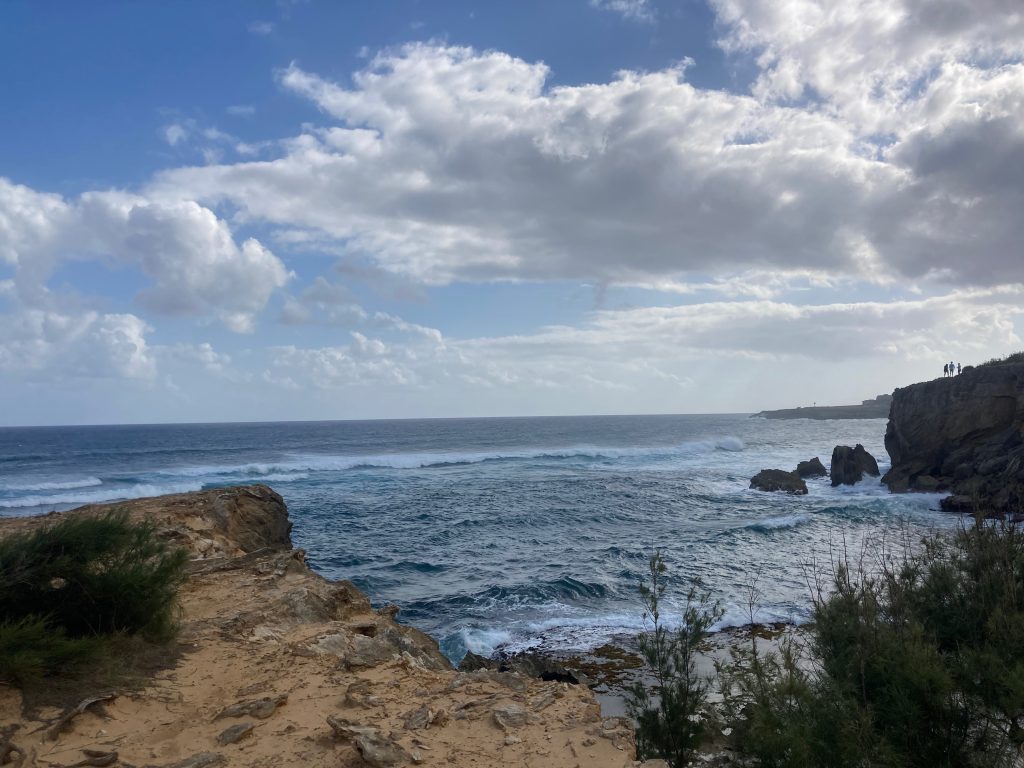Kauaʻi County approves proactive bill to regulate development in areas prone to sea level rise
Kaua‘i County unanimously approved a proactive bill to regulate development in areas that scientific models project will be affected by sea level rise.
Kaua‘i’s local government is now one of the first in the nation to do so, Kaua‘i Planning Director Kaʻāina Hull told the County Council at Wednesday’s meeting.

“Municipalities nationwide really haven’t been able to thread the needle, as to how to use modeling – as opposed to historical data – to draft up regulations,” Hull said.
About 70% of Kaua‘i beaches are experiencing historic erosional trends that only will be exacerbated by sea-level rise, according to the Kaua‘i Climate Change and Coastal Hazards Assessment, a planning and policy document created by the Kaua‘i Planning Department, University of Hawai‘i Sea Grant College Program and NOAA.
Projections also indicate the island will see its ocean waters rise about 3 feet by 2100. Nawiliwili Harbor could rise by up to nearly 5 feet within that same timeframe.
Two years have passed since the conception of Bill No. 2879 and its successful second reading on Wednesday. The legislation now heads to Mayor Derek Kawakami’s desk for approval.
That time was spent collaborating with the Climate Resilience Collaborative — a University of Hawai‘i at Mānoa research program led by top climate-change expert Dr. Chip Fletcher — and a bevy of land-use attorneys and engineers.
“It’s just saying, ‘Here’s what the elevations are going to be with sea level rise, what the depths are going to be, so elevate accordingly,’” Hull said of the resulting regulations, which he estimates will affect 3 to 4% of the island.

Under the new law, new residences built in the county’s Sea Level Rise Constraint District must have their lowest floors elevated at least two feet above the highest projected sea-level-rise flood elevation.
Non-residential buildings must be elevated by at least one foot. Significant repairs to existing structures, where the cumulative cost equals or exceeds 50% of the market value of the structure, also must meet the new regulations.
Councilmember Billy DeCosta raised concerns about the potentially increased costs of building to meet the new requirements. Hull said elevated construction is not necessarily more expensive.
“In our analysis with contractors, draftsmen and architects, the cost of slab-on-grade versus post-on-pier varies by the development,” Hull told DeCosta. “It all depends on the scenario.”
She said elevating buildings in areas vulnerable to sea level rise will save property owners money in the long run.
DeCosta also asked if the county could help families without the means to meet the new regulations when building a new dwelling in the Sea Level Rise Constraint District.
“Let’s help the local family build, by all means,” Hull said. “But to what end, when we know, within the lifetime of that structure, it’s going to be underwater?”
Hull also said families who want to rebuild their homes in the Constraint District should consider whether it makes sense due to the ever-rising sea levels.
Councilmembers praised the historic nature of the new regulations prior to voting. But their comments were tempered by calls for yet more work in the face of the inevitable challenges climate change will bring.
“Is it a perfect answer to absolutely everything? Absolutely not. The seas are rising,” Councilmember Luke Evslin said.
Council Vice Chair Mason Chock, who introduced the bill on behalf of the planning department, said: “Quite honestly, government is typically reactive … This piece of legislation is being proactive in order to plan for a better future.”
Planning Director Hull highlighted the bill’s limitations, noting its regulations only deal with future sea-level rise projected by scientific models.
“The most damaging and impactful events that will happen within our lifetimes from climate change are going to come from precipitation events, like the high-flood situations that happened in 2018,” Hull said.
The county’s current flood ordinance is still based on historical data, not projections. Hull said this status quo may need to change.
“Climate change is increasing the intensity and frequency of precipitation events, and those flood levels are going to be higher,” he said.
The Kauaʻi Sea Level Rise Constraint District Viewer, which depicts projections of future annual high wave run up and passive flooding hazards, can be found online here.



